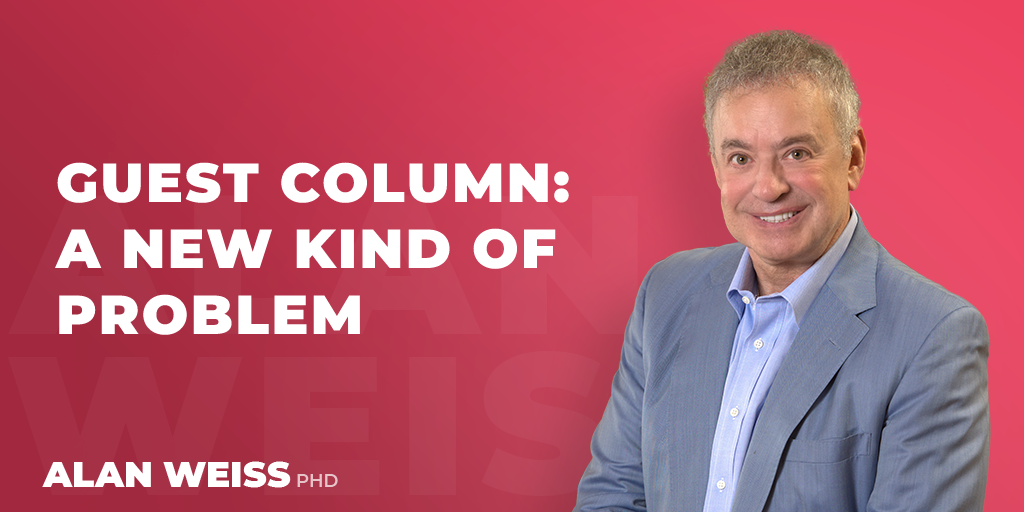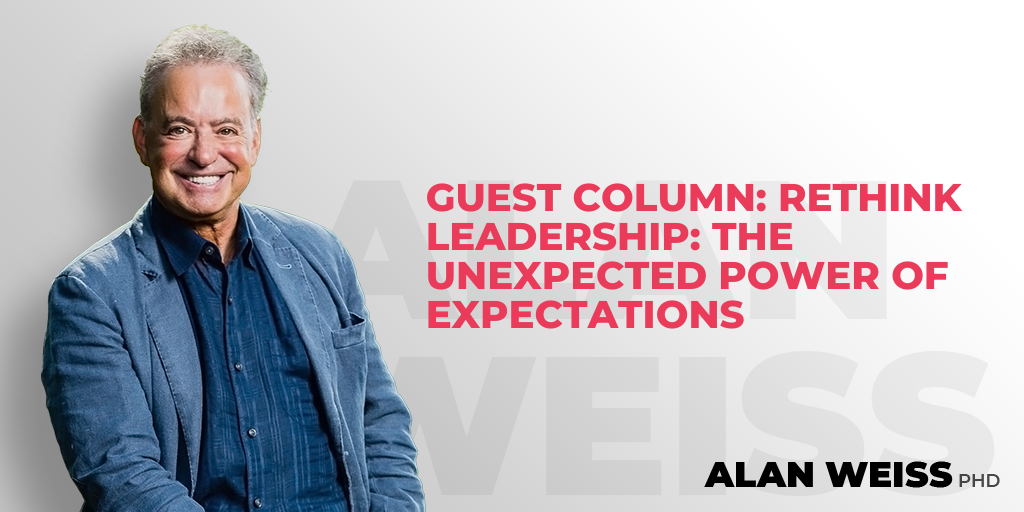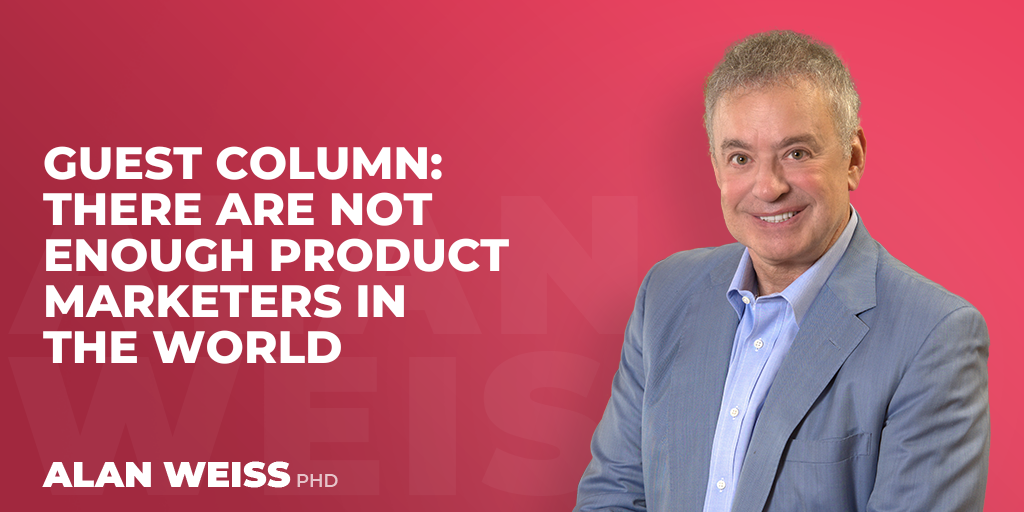
Guest Column: A New Kind of Problem
A New Kind of Problem
by Amy Lee Segami
Within a week, both Richard Branson and Jeff Bezos went to space and returned successfully. Do you know what kind of problems they have solved? Is it complicated or complex?
Knowing what kind of situation will help you solve the problem efficiently and effectively.
My client Frank, a meticulous mechanical engineer, is the president of a very successful manufacturing company. He runs his plant like his Rolex watch: with precision.
On Saturday mornings, Frank likes to put on his fine Italian leather jacket and aviator sunglasses. Rides his Harley Davidson on Route 66 from Chicago to St. Louis. He always takes a break at the same location, parks his bike, walks 90 seconds to the same spot at the riverbank and takes five photos for documentation, like clockwork.
One early spring, the trail was wet from the heavy rain the night before. Frank slipped and fell into the water. The river was overflowing, moving rapidly, and carried Frank to the center of the river. Not a good swimmer, he panicked and fought to get back to the spot where he was. Soon, he was exhausted.
“Let go,” he recalled one of the strategies in a complex situation.
Against his own instincts, he floated downstream. Soon, he got close to the shore. Grabbed on a branch. Pulled himself out of the water. Walked back to his bike, a mile away, with an extra 20,000 steps he did not plan for that day. Soaked, cold and embarrassed as he was followed by a large group of ducks and squirrels.
Frank’s unexpected swim is a lot like work today. To solve new problems, you need to think and act differently from what you used to do. Sometimes, your default behavior may not serve you.
As a leader, you lead your team with the vision to accomplish the mission by solving problems along the way. Yet not all problems are created equal. Do you know what kind of problem you are solving at any given time?
It takes 10,000 hours to be an expert according to Malcolm Gladwell in his book, Outliers. It has been more than 100,000 hours since I started learning how to use the most amazing tool. Yes, I started using chopsticks when I was only two years old. I am a “super expert” in using chopsticks. I can pick up anything with the speed of light and precision: rice, peanuts, and even spaghetti. However, I would look ridiculously silly using chopsticks to eat a Big Mac.
Too often, I have seen experts using the tools that they are most comfortable and familiar with yet apply in the wrong situation. Before allocating the resources, pause to think and analyze the type of problems you are facing instead of relying on your autopilot default mindset, tools, and techniques.
With the world and work re-opening, there are opportunities for all businesses to address uncertainties in new ways. Think about what’s changed. The supply chain is broken. Employees prefer to keep working from home, and some are joining the great resignation, leaving jobs and careers for other opportunities. There go the trained employees. What is going to happen to the employees who show up? Will they be overworked and get sick? The situation is complex when the conditions keep changing, interacting, and evolving.
From the Wall Street Journal, the Harvard Business Review, to McGraw Hill, the number of articles, blogs and books on complexity have been on the rise. However, people are still confused with the differences between complicated and complex problems.
Many leaders I interviewed initially have the impression that complicated is negative and complex is not desirable. If you understand the significant differences between them, you will be ahead of your competitors, eliminating the frustration and confusion.
As high achievers, you might think you need to simplify all problems. That was true for the industrial era when the answer to a problem was to streamline the process with a systematic approach. Now, due to this ever-changing information age, the problems are complex. They could be sticky and messy. It might not be feasible to simplify. The tools and the best practices from yesterday no longer suit your needs today. It is up to you to adopt and adapt.
Complicated problems have many factors which do not interact. The tasks can be mastered by following the procedures, receipts, or blueprints. They can be simplified, improved, and maximized. Complexity, on the other hand, has many elements interacting with unpredictable outcomes. The uncertainty requires constant information gathering, ongoing evaluation, and agile strategizing with decision-making.
Recall the story of Frank from the beginning of this article. He was “King of The Road” while he was on the highway. With a full tank of gas, and the GPS, he knew how far he could go. Everything was under his control. When he fell into the river, his regular routine was disrupted. Being carried away involuntarily, he was exhausted from trying to get back to the spot where he fell. When Frank adapted a number of strategies in the complex situation: letting go, adjusting the goal, and willing to travel the extra mile, he was able to get out of the water.
New problems require new solutions. Complex problems may not be complicated. Complicated and complex are problems in different zones that require different mindsets and skill sets.
Richard Branson and Jeff Bezos solved both the complicated and complex problems. That’s how they were able to go up to space and return successfully.
Captain Sully, a seasoned pilot, knows the complicated process of flying the plane by heart. During the crisis, when the geese flew into the jet engine, he was able to be in the moment, gather the information, and adjust his decision accordingly in the complex situation.
Stop using your default go to strategies. With a solid base and skill set for complicated processes, it’s time to open your eyes and your mind to deal with complex situations. These skill sets not only will help you to navigate the crisis, but it will also save your organization and might even save lives.
When you can solve problems ranging from complicated to complex, you are at ease no matter how the river takes you. Imagine the advantage you have in the marketplace.
@ 2021 Amy Lee Segami
Amy Lee Segami is a keynote speaker, business consultant, and engineer-turned-artist. Her life’s work is mastering the complexity of change. She is the President of Segami Studios & Consulting, with clients include dozens of A-listers, professionals, scientists, and business leaders, from Dow to Fermilab. BBC, NPR, and Chicago Crain’s Business have featured stories about her. She received numerous recognitions for her innovative leadership style and application of science, art, and business. < [email protected] >segami.com





